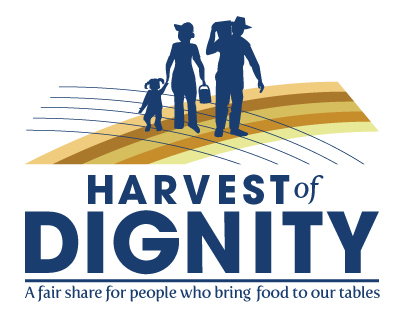Wednesday
Aug042010
Overcoming Language and Literacy Barriers in Safety and Health Training of Agricultural Workers
Posted on  Wednesday, August 4, 2010 at 10:21AM
Wednesday, August 4, 2010 at 10:21AM
 Wednesday, August 4, 2010 at 10:21AM
Wednesday, August 4, 2010 at 10:21AM Published in the Journal of Agromedicine, Volume 15, Issue 3 July 2010, pages 236 - 248.
Thomas A. Arcury; Jorge M. Estrada; Sara A. Quandt
Click here to download this article.
The workforce in all areas of United States agriculture and forestry is becoming increasingly diverse in language, culture, and education. Many agricultural workers are immigrants who have limited English language skills and limited educational attainment. Providing safety and health training to this large, diverse, dispersed, and often transient population of workers is challenging. This review, prepared for the 2010 Agricultural Safety and Health Council of America/National Institute for Occupational Safety and Health conference, “Be Safe, Be Profitable: Protecting Workers in Agriculture,” is divided into five sections. First, we describe the occupational and demographic characteristics of agricultural workers in the United States to highlight their safety and health training needs. Second, we summarize current research on the social and cultural attributes of agricultural workers and agricultural employers that affect the provision of safety and health training. Worker and employer attributes include language, literacy, financial limitations, work beliefs, and health beliefs. Third, we review current initiatives addressing safety and health training for agricultural workers that consider worker language and literacy. These initiatives are limited to a few specific topics (e.g., pesticides, heat stress); they do not provide general programs of safety training that would help establish a culture of workplace safety. However, several innovative approaches to health and safety training are being implemented, including the use of community-based participatory approaches and lay health promoter programs. Fourth, the limited industry response for safety training with this linguistically diverse and educationally limited workforce is summarized. Finally, gaps in knowledge and practice are summarized and recommendations to develop educationally, culturally, and linguistically appropriate safety and health training are presented.
tagged  labor conditions,
labor conditions,  language barriers
language barriers
 labor conditions,
labor conditions,  language barriers
language barriers 







